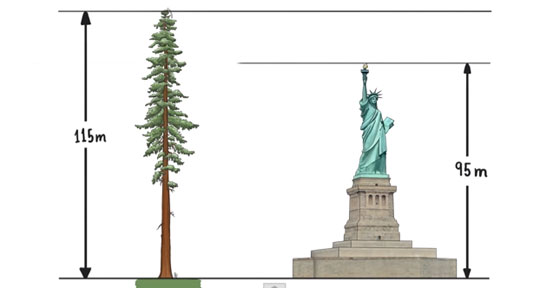
We shared a common ancestor with SpongeBob SquarePants hundreds of millions of years ago, though exactly how long ago has been up for debate.
Now, analyses of a newly discovered 600-million-year-old fossil suggests that sponge-like animals predate the Cambrian by 60 million years. And if an advanced sponge-like form was already around during the Precambian period, that means that similarly advanced fossils of our (very early) ancestors from that long ago are also waiting to be found. The findings were published in Proceedings of the National Academy of Sciences this week.
Previous studies have suggested that the last common ancestor shared by animal sponges and almost all other animals—called eumetazoans, which includes people and clams alike—existed more than 200 million years before the Cambrian period began around 541 million years ago. Unfortunately, unequivocal fossil evidence of this common ancestor is scant. Researchers have, however, recently unearthed a new fossil animal from the Upper Phosphate Member of the Doushantuo Formation at Weng’an phosphate mining area in southwest China.
Using scanning electron microscopy and synchrotron X-ray tomography, an international team led by Maoyan Zhu from the Chinese Academy of Sciences has now analyzed the fossil, which they say is a Precambrian sponge.
Named Eocyathispongia qiania, the fossil animal is just 1.2 millimeters wide and 1.1 millimeters tall. It’s composed of hundreds of thousands of cells, its structure consists of three adjacent hollow tubes that share a common base, and it displays multiple characteristics seen in today’s sponges. They have flat, tile-like cells on their outside surface, which is punctuated with small pores, while their inner surface is covered with a regular pattern of uniform pits, many of which are surrounded by distinct collars. The flat cells and collared pits resemble pinacocytes and choanocytes on modern sponges, respectively. Other features consistent with modern sponge anatomy include an anchor akin to a holdfast and orifices for water to flow in and out.
Additional specimens are needed to confirm that Eocyathispongia qiania is in fact a Precambrian sponge. But if advanced forms of sponges were already alive 600 million years ago, our shared ancestor surely predates that—which means that fossils of similarly advanced eumetazoans may be waiting to be added to the fossil record.
Via IFL Science






